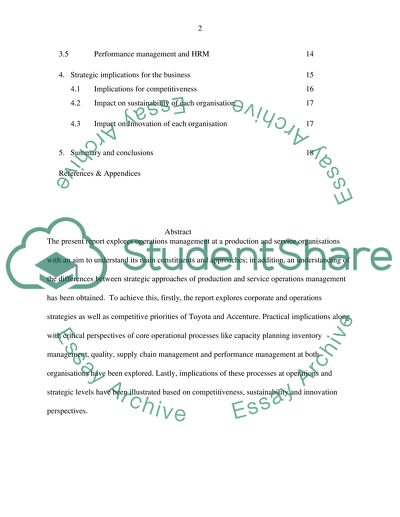Cite this document
(“OPERATIONS MANAGEMENT Assignment Example | Topics and Well Written Essays - 3500 words”, n.d.)
Retrieved de https://studentshare.org/family-consumer-science/1410096-operations-management
Retrieved de https://studentshare.org/family-consumer-science/1410096-operations-management
(OPERATIONS MANAGEMENT Assignment Example | Topics and Well Written Essays - 3500 Words)
https://studentshare.org/family-consumer-science/1410096-operations-management.
https://studentshare.org/family-consumer-science/1410096-operations-management.
“OPERATIONS MANAGEMENT Assignment Example | Topics and Well Written Essays - 3500 Words”, n.d. https://studentshare.org/family-consumer-science/1410096-operations-management.


